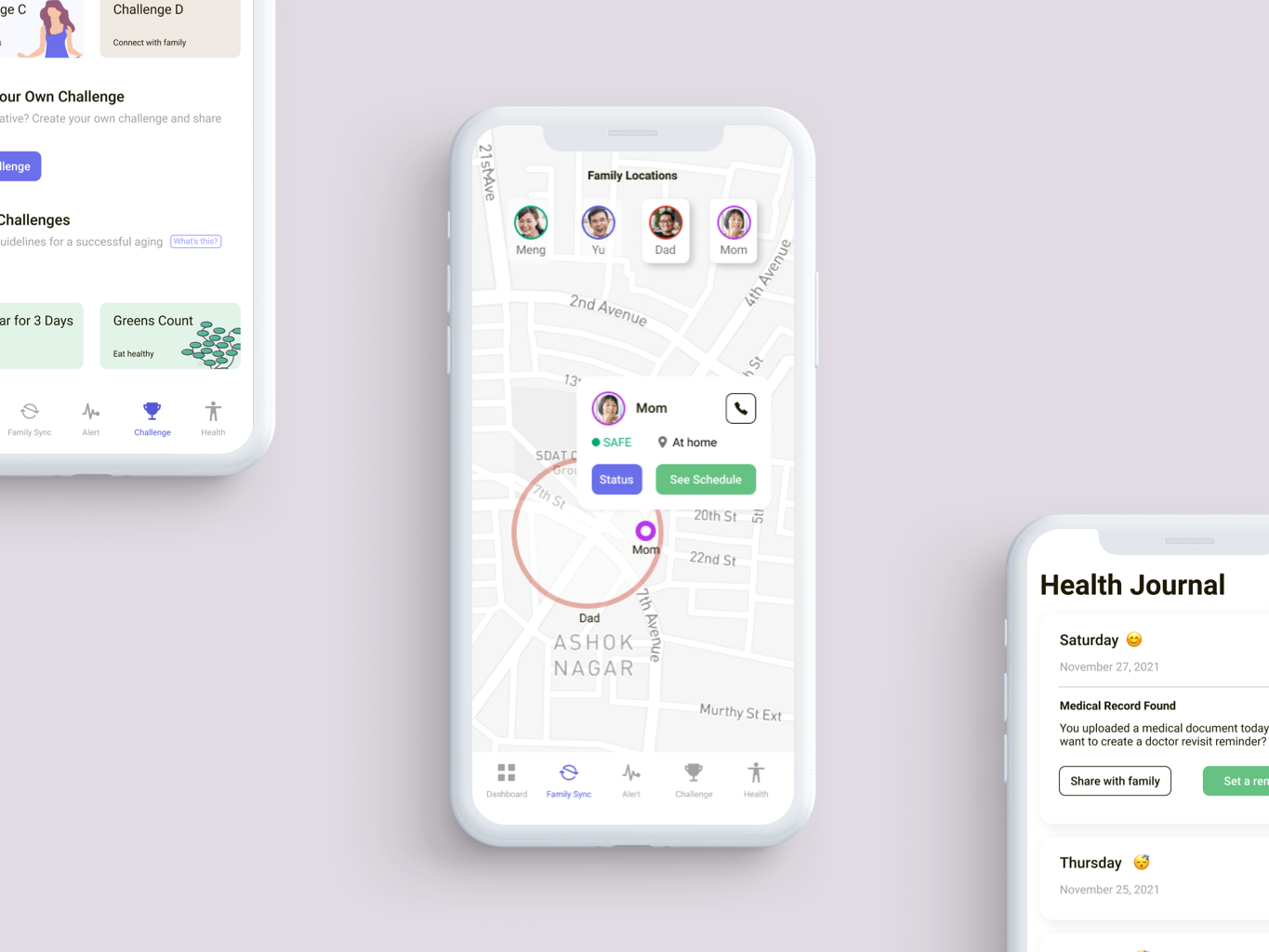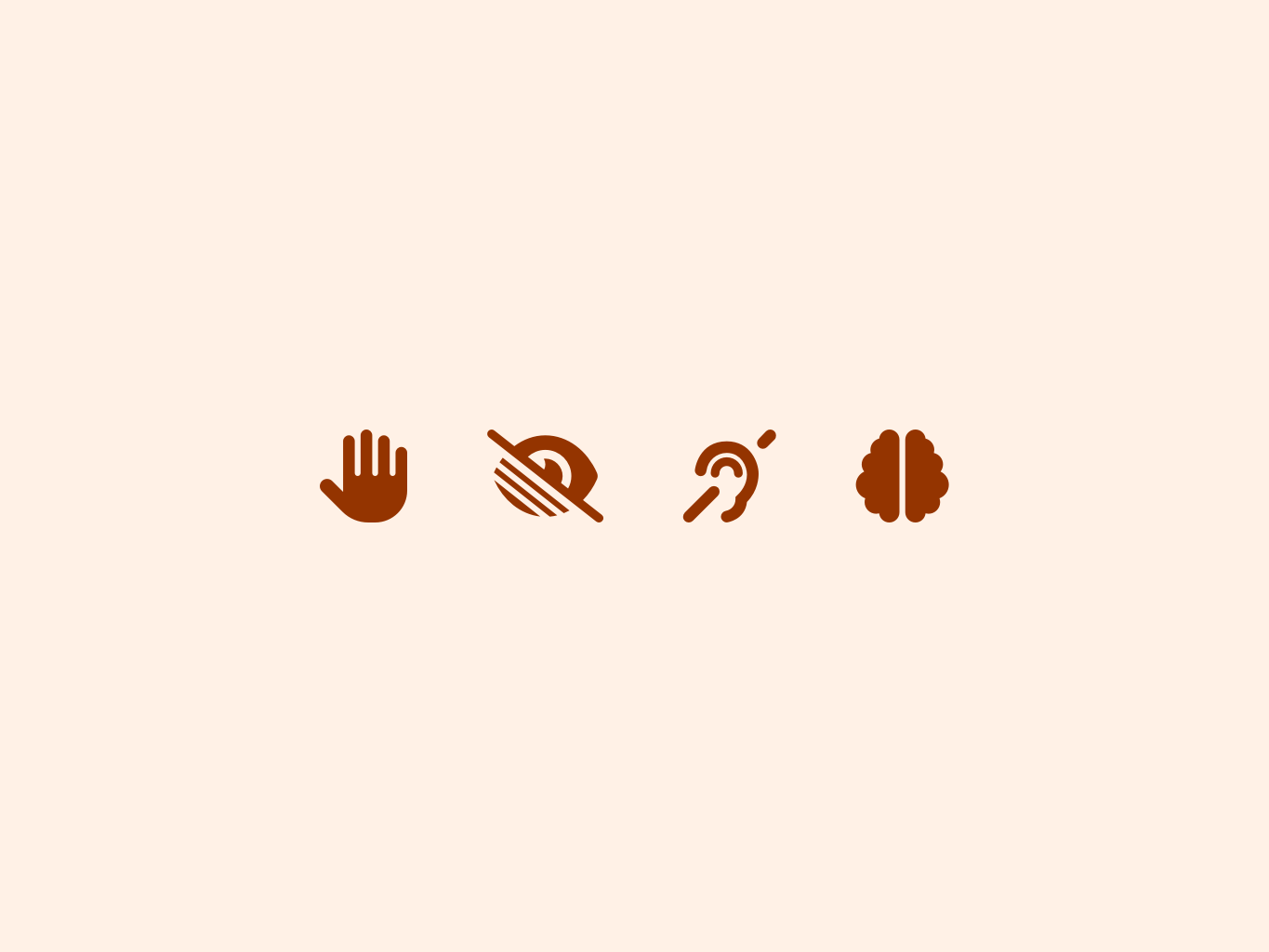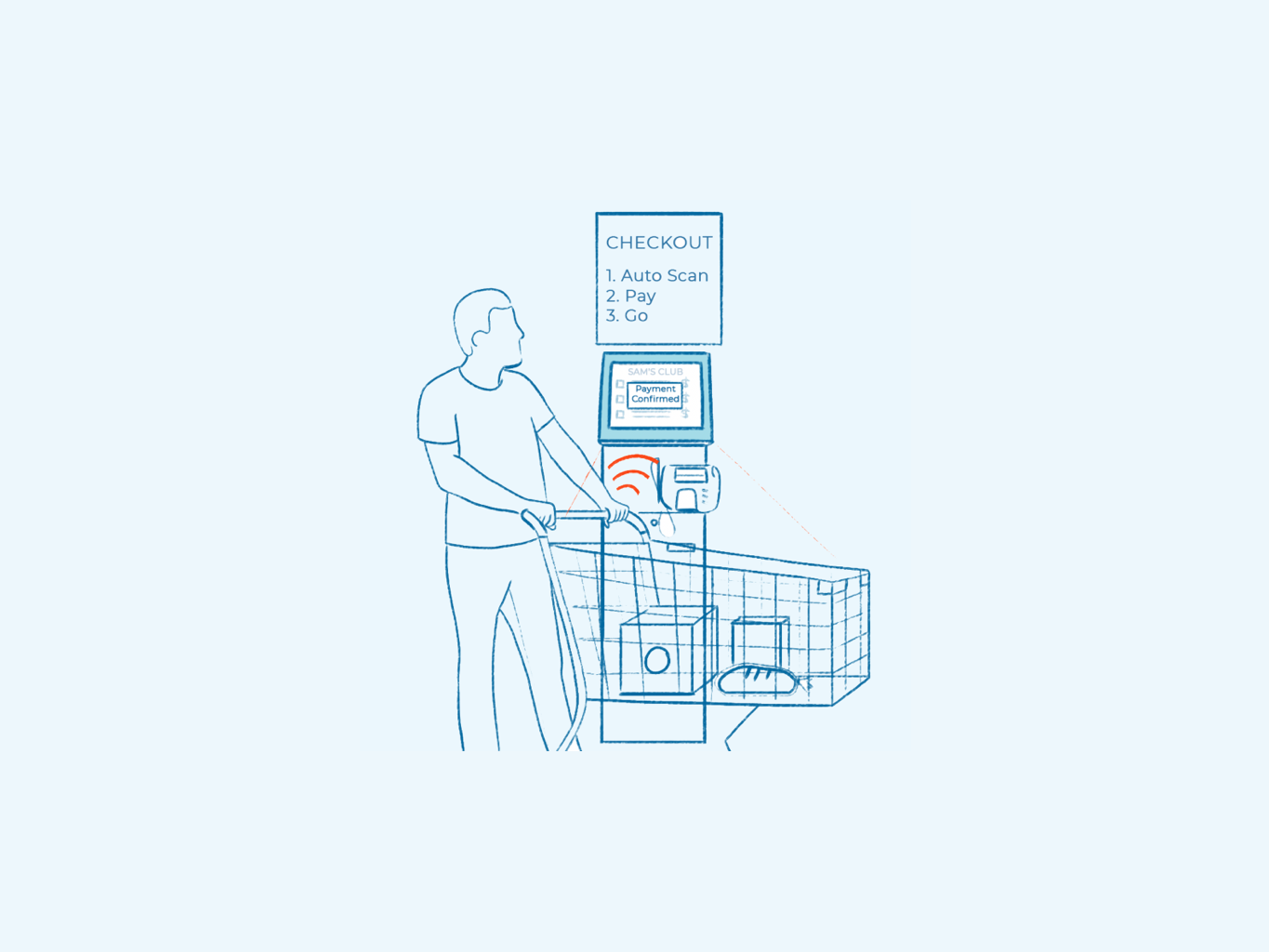Scope of work
Product design
Helped migrate legacy price optimization products to a new unified SaaS platform with a new consistent user interface aligned with the product design system and other products in the PROS portfolio line.
Design system management
Continuously updated and made enhancements to the product design system in both design files and the live code environment.
Development sprints
Actively being part of development sprints, I created issues, owned tickets and directly contributed code to make sure products that were ready to release were aligned with UX prototypes and design system.
Research contribution
Helped notetaking in user interviews and site visits. I also ran usability testing on our design components while visiting customers.
Fun team activities
Part of the project management team running a UX conference initiated by PROS UX team
Product design challenges
The product I worked on is a dynamic price optimization and management platform for pricing analysts and managers in the eCommerce business.
It helps analysts execute price and price changes regularly, implement strategies for various channels, products, regions, and customers, and analyze pricing performance to discover sales opportunities for maximum revenue margin.
It was before several enterprise software needed to install separately. The main challenge was to migrate all different software and merge them into this new unified SaaS platform.
My focus was on the data analysis and visualization tools for pricing analysts to analyze pricing performance and discover margin opportunities. The challenge as a UI designer was to make sure the migrated features and new features were accessible, usable and aligned with the design system and products on another business line.
Example screens from the product I worked on. Image credit: PROS Demo
Scalable design and working with constraints
As a UI designer, my job is beyond shipping high-fidelity prototypes. Here's the process example for one of the features I worked on, chart tooltips. The graph illustrates how technology and product constraints, and business requirements influenced my design and how I collaborated with others.
Design system
Another major part of my responsibility is improving our design system. It comprises all of our components, design assets, design specifications, accessibility guidelines and source code.
The UI team I was in have ownership over best practices on how and where to use each component, interactions and different states of all components and accessibility guidelines. We also directly contribute front-end code to our live component library for styling and interaction purposes. Our UI team continuously maintains and updates the design system presented across different platforms and makes sure all resources are aligned.
Work across teams
UX Designers, Researchers and PMs
I met regularly with B2B Product Managers, UX Designers and UX Researchers to discuss product strategies, roadmaps, research findings, and recent updates on feature design. I gave updates on high-fidelity design for any features the UX Designers work on and any other projects that are beneficial to the products (development supports, KIT design system efforts).
I worked with UX Designers on a daily basis to brainstorm creative design solutions and provide feedbacks to their sketch and prototypes.
A new feature that our UX Designer, Software Engineer and I worked on.
I participated in a few remote interviews and site visits to help UX Designers to conduct user interviews and user feedback sessions. I also ran usability testings during site visits to get feedbacks on our components design and accessibility.
Site visit notes
UI Developers and Architects
I drove design standards by holding design review meetings with UI Developers to review the features they work on and ensure what they build is aligned to our product design system guidelines and usability best practices.
I communicated with UI Developers and Architects to understand the technical feasibility and constrains of any given features and provide design specifications and interactions guidelines. If existing design solution doesn’t solve the technical challenges, I would iterate the high-fidelity prototypes to meet the requirements.
As a designer and a growing developer, I often sought help and mentorship from senior developers on technical questions regarding the product environment when I worked on UI improvement tickets.



